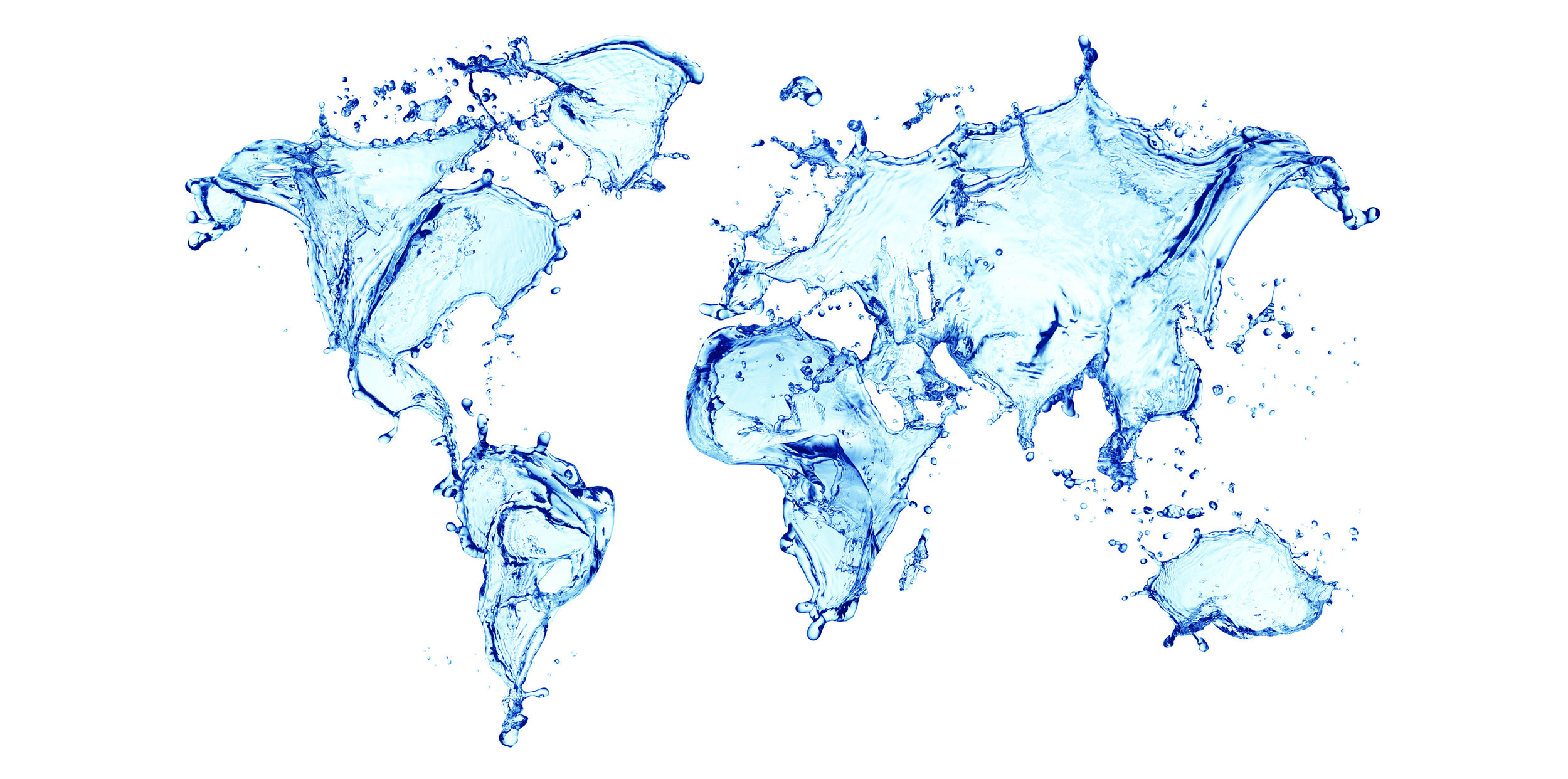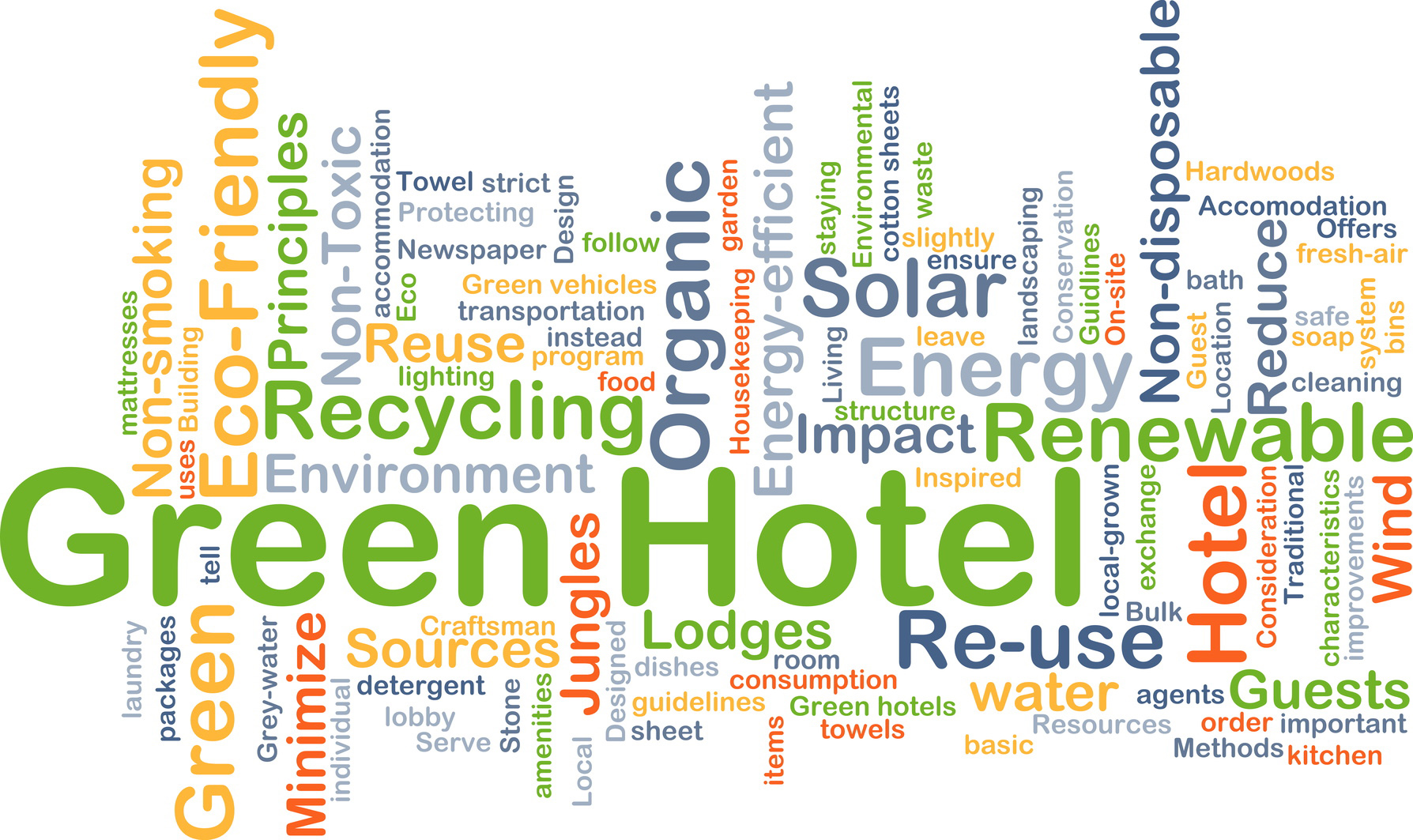Boeing is introducing a new generation of 737 narrow-bodied airplanes with one called the 737 MAX. Just so we are clear, the term “MAX” has nothing to do with making these planes larger, more comfortable, MAXurious, or in any way more spread out for the comfort of passengers. Instead, it is just the opposite.
The manufacturer of the 737 MAX increased the number of seats in this narrow-sized jet from about 150 to as many as 200 to even 230 seats, depending on the configuration. That’s quite a few more seats. A fair question to ask is where are engineers finding all this extra space? In the bathrooms, of course, which have been getting smaller and smaller and fewer and fewer for years.
Here is what engineers at Boeing and many other air carriers are thinking. More than 65 percent of their passengers are male. In some cases, and on some business flights, that number is even higher.
Because of this, the manufacturer wants to configure at least one restroom so that it does not have a toilet. Instead, it would have only a urinal and a sink to accommodate male passengers. There are a few airlines that even want to take this a step further. They want both rear restrooms to be urinals only. Just the front bathroom—located in business and first class—would have a toilet.
This second arrangement could cause some problems, however. Most first-class passengers don’t want economy-class flyers to use their restroom. Further, most carriers separate their bathrooms by flight class.
Installing urinals on planes has many benefits for carriers. The big one, of course, is that urinals can take up less room. Further, compared to toilets currently on planes, they are lighter, which can lead to fuel savings.















